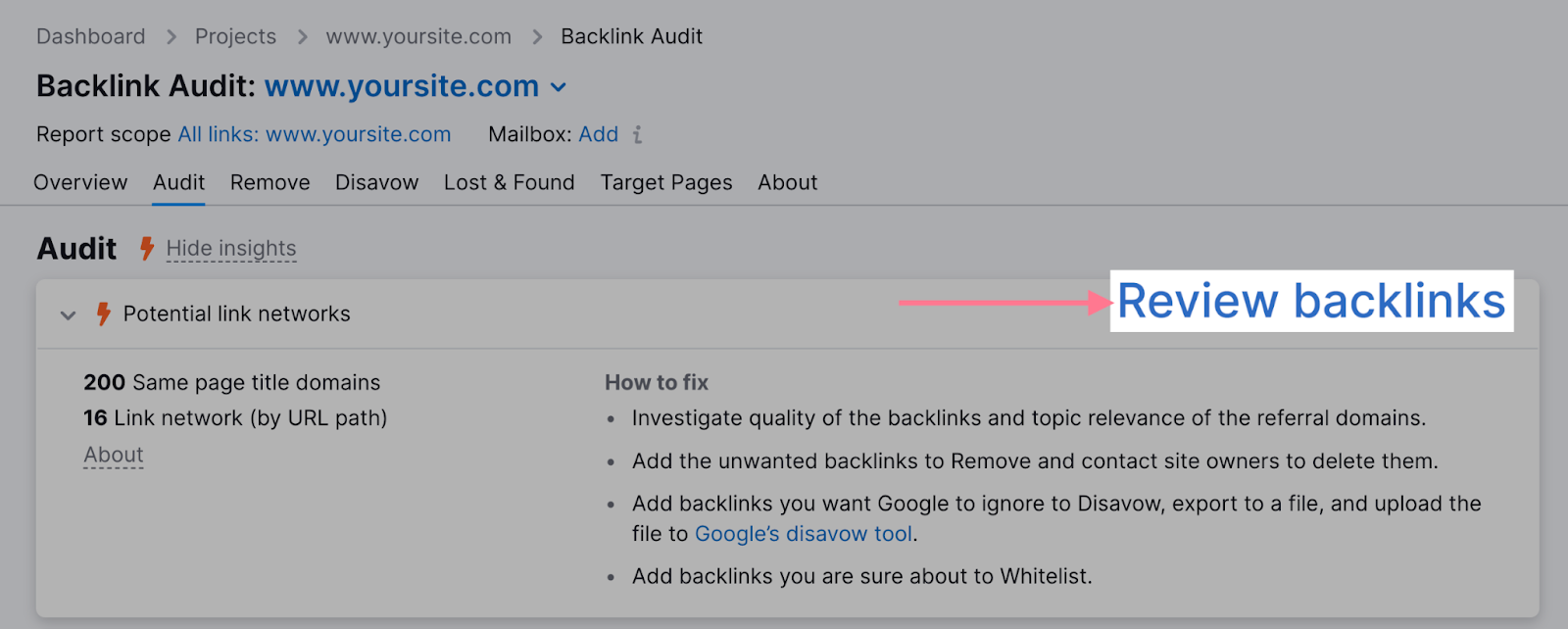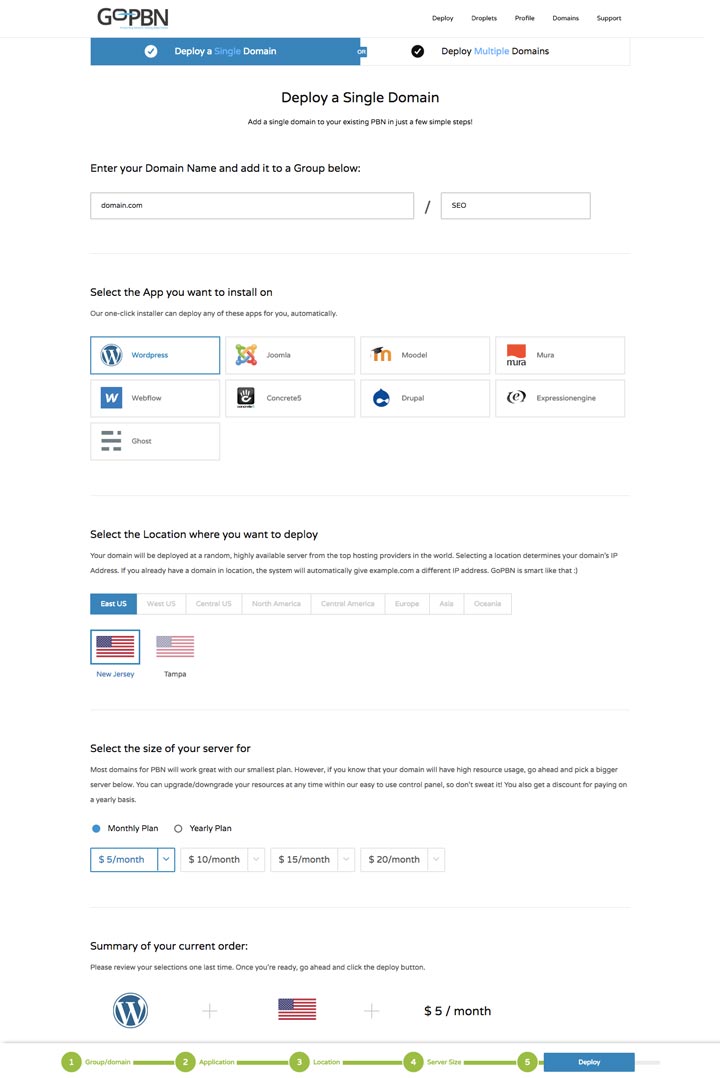All Categories
Featured
Table of Contents
- – What Is The Ideal Semantic Search Engines Serv...
- – The Leading Semantic Tagging For Seo?
- – How Do I Find A Semantic Seo Tutorials Service?
- – What Is The Most Preferred Semantic Seo Tools...
- – How Much Should I Pay For Semantic Tagging F...
- – Who Makes The Leading Semantic Seo Strategies
- – Top Semantic Seo Ranking Factors Shop Near Me
The web is altering, ending up being more and extra semantic. Search engine optimization is also changing and becoming much more semantic. This is since search engines have progressed and are moving an increasing number of in the direction of reading content on the internet. Obviously, that has actually likewise changed the way we produce material, specifically if we desire to place better in the online search engine.
, the leader of the Web, talked of to represent the idea that all things in deep space are deeply interconnected. Intertwingularity is not typically recognized, individuals maintain acting they can make things deeply hierarchical, categorizable and sequential when they can't. Everything is deeply intertwingled. Based on the relationships between search purposes, the search engine favors a web content in placing by computing the range between the vectors of significance.
It permits you to see, beginning with a subject, all the entities that relate to that topic. By doing this you can plainly see which entities/concepts/ideas have already been covered on your web site, and you can uncover brand-new possibilities by understanding what web content you can add and how to produce it.
What Is The Ideal Semantic Search Engines Service To Use
It is able to make your web content easy to understand for internet search engine on the one hand and for your target market on the various other. Structuring your web content model highlights your web content and its hidden partnerships to ensure that online search engine can acknowledge you among numerous items of information, making you a lot more noticeable to customers that fulfill the search intent pertaining to your service.
In semantic SEO copywriting, an editor begins with a wider series of subjects and tailors the content to consist of semantically pertinent terms and expressions that help viewers understand a subject, comparable to reviewing material in a wiki. From a material writing perspective, one practical method to do this is to produce a vocabulary of terms and questions surrounding your target topic.
The Leading Semantic Tagging For Seo?
Find out more regarding by enjoying the by!.

Semantic search describes the process of exactly how online search engine comprehend and match keyword phrases to a searcher's intent in natural search engine result. Prior to semantic search, internet search engine like Google operated like matchmakersaligning certain words in your question with those specific words on websites. The results were simple yet often did not have depth.
How Do I Find A Semantic Seo Tutorials Service?
It enables Google to use quick, exact answers to look queries regarding real-world subjects. When you kind a query word right into Google, you're not just getting in a sequence of words.
When you browse for "Apple," Google doesn't simply see a word that describes a fruit. It identifies Apple as a firm and can supply associated details. Like the name of its chief executive officer, Tim Cook, or its latest stock rates. Google introduced the Hummingbird update in 2013. It was Google's response to the surge of voice searches, where questions became a lot more conversational and nuanced.
What Is The Most Preferred Semantic Seo Tools Out Right Now
By incorporating NLP, Hummingbird allowed Google to move beyond mere keyword matching. It assisted the search engine comprehend search intent, raising the chances that results would properly match the reason behind an individual's search.
Making it extra effective at handling never-before-seen search questions. RankBrain takes into consideration more than just search phrases when assessing a search inquiry.
So it brings results that match the key phrases and line up with the overall intent of giving young puppy training advice. And if the individual often looks for dog-related material, Google could focus on a lot more in-depth training guidesrecognizing the user's ongoing passion in the subject. Incorporating technologies like the Knowledge Graph, Hummingbird, and RankBrain, semantic search assists the Google algorithm interpret and connect information throughout a substantial internet of details.
How Much Should I Pay For Semantic Tagging For Seo?
The emphasis shifts from keyword selection to an all natural method including individual intent, topical relevance, and overall user experience. Creating content that resolves the searcher's demands with extensive info can improve your SERP positions.
And kind of web content can best please their requirements. A wider approach to content aligns better with semantic search's change far from specific keyword matching and toward customer intent. Which clarifies the raised concentrate on topic collections, as opposed to specific key words. Content that covers search questions more extensively not only pleases individuals.
And five times more than sites that take 10 seconds to load. While technical SEO guarantees optimum website efficiency and access, concentrating on customer experience (UX) takes it a step better. UX intends to create an aesthetically appealing, straightforward interface with appealing, high quality material that encourages visitors to stay. Semantic search innovation enables online search engine to go for outcomes that give the most effective possible UX.
Who Makes The Leading Semantic Seo Strategies

All display Google's ability to deal with a topic query comprehensively. By recognizing the context and intent behind customer questions, online search engine can provide much more appropriate details and potentially boost user engagement. Customization in search results creates far better UX.Based on your past search background and choices as an individual, semantic search assists internet search engine customize the results to fit your unique needs and passions.
It fetches outcomes that match the key phrases and align with the general intent of giving puppy training advice. And if the user frequently looks for dog-related material, Google might focus on much more detailed training guidesrecognizing the individual's ongoing passion in the topic. Incorporating innovations like the Understanding Graph, Hummingbird, and RankBrain, semantic search aids the Google formula translate and connect information across a large internet of information.
Top Semantic Seo Ranking Factors Shop Near Me
The emphasis changes from keyword choice to an alternative strategy incorporating customer intent, topical significance, and overall user experience. Creating material that addresses the searcher's needs with detailed details can enhance your SERP rankings.

A broader technique to content aligns much better with semantic search's change away from specific keyword matching and toward individual intent. Content that covers search queries extra completely not just pleases customers.
UX intends to develop an aesthetically attractive, easy to use interface with engaging, top quality web content that encourages site visitors to stay. Semantic search modern technology enables search engines to aim for outcomes that offer the finest possible UX.
All showcase Google's capacity to address a subject inquiry adequately. By recognizing the context and intent behind customer queries, online search engine can supply a lot more relevant details and potentially increase individual engagement. Customization in search results page makes for far better UX.Based on your previous search background and preferences as a customer, semantic search assists search engines tailor the results to suit your special demands and passions.
Table of Contents
- – What Is The Ideal Semantic Search Engines Serv...
- – The Leading Semantic Tagging For Seo?
- – How Do I Find A Semantic Seo Tutorials Service?
- – What Is The Most Preferred Semantic Seo Tools...
- – How Much Should I Pay For Semantic Tagging F...
- – Who Makes The Leading Semantic Seo Strategies
- – Top Semantic Seo Ranking Factors Shop Near Me
Latest Posts
What Are The Highest Rated Semantic Content Optimization?
What Is The Leading Semantic Seo Ranking Factors Service
Is It Worth Paying For Advanced Semantic Seo?
More
Latest Posts
What Are The Highest Rated Semantic Content Optimization?
What Is The Leading Semantic Seo Ranking Factors Service
Is It Worth Paying For Advanced Semantic Seo?